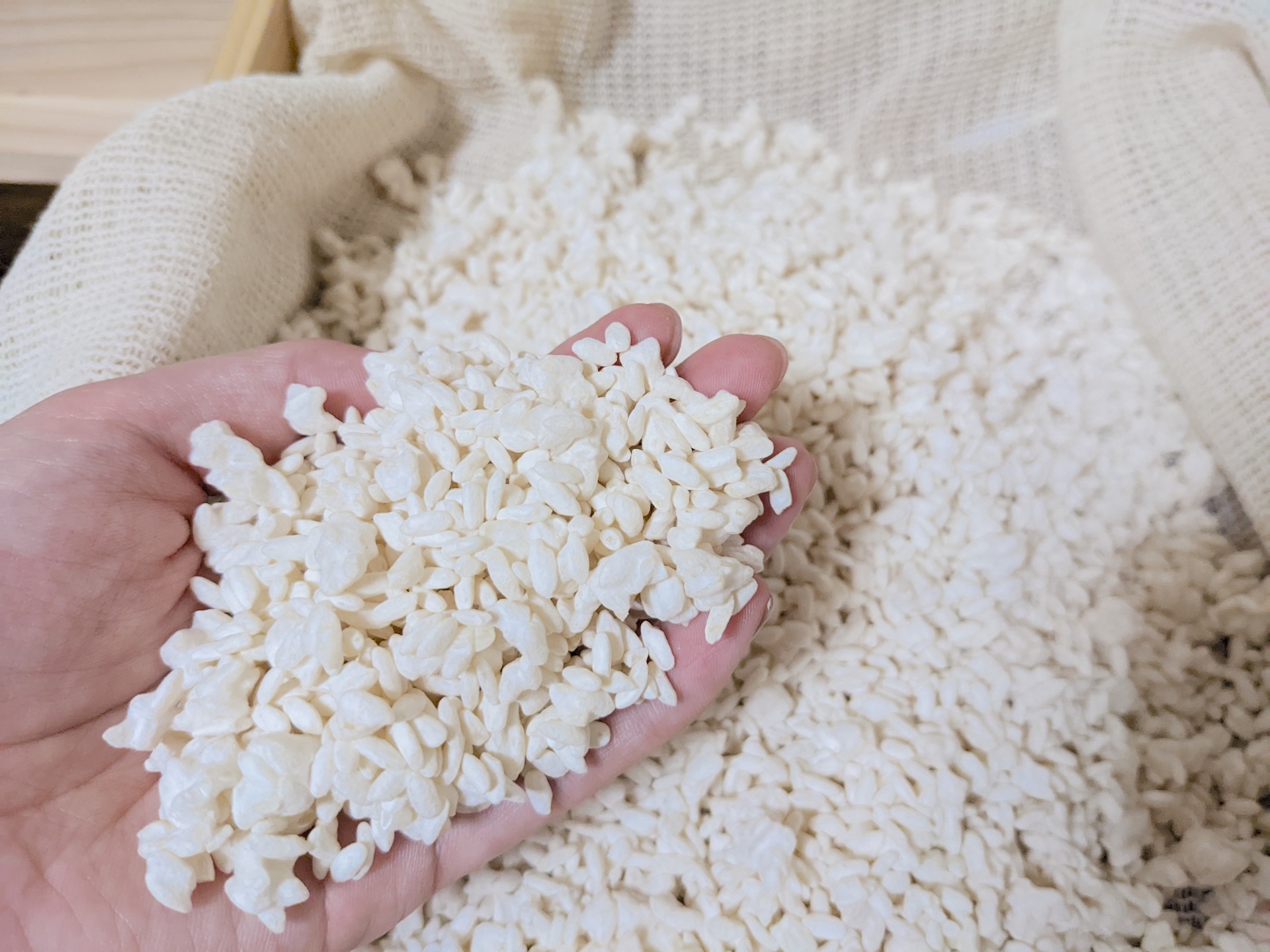Have you ever wondered what gives miso soup its deep flavor or how sake gets its unique aroma? The answer lies in a powerful, living ingredient at the heart of traditional Japanese cuisine: koji. Once a secret known mostly in Japan, koji is now gaining attention worldwide for its culinary and health benefits. Whether you’re a foodie, a professional chef, or someone simply curious about Japanese culture, learning about koji will open new doors to umami-rich cooking and wellness. In this article, we’ll explore what koji is, how it works, and why it’s becoming a must-have in modern kitchens around the world.
What Does Koji Mean in Japanese?
In Japanese, the word “koji” (麹) refers to grains—usually rice (rice koji), barley (barley koji), or soybeans (soybean koji)—that have been inoculated with a specific type of beneficial mold called Aspergillus oryzae. This mold helps ferment the grains and break down starches and proteins into sugars and amino acids, creating rich flavors and aromas.
Koji has been used in Japan for centuries and plays a crucial role in creating many of its iconic foods: miso, soy sauce, mirin, sake, and more. The character koji itself is unique to Japanese script and highlights the cultural importance of this organism in the country’s culinary traditions.
What Is Koji Mold?

Koji mold (Aspergillus oryzae) is a filamentous fungus that grows on steamed grains. It’s recognized for its safety and effectiveness in food production. Furthermore, because koji mold is essential to Japan’s fermentation culture, it has been designated as Japan’s national microorganism.
When koji mold grows, it produces enzymes such as amylase and protease. These enzymes break down starches into sugars and proteins into amino acids, creating the signature umami flavor found in many Japanese dishes.
Koji in Traditional Japanese Foods
Koji is the unsung hero behind many of Japan’s most beloved condiments and beverages:
- Miso: Fermented soybean paste using rice, barley koji or soybeans koji
- Soy Sauce (Shoyu): Brewed with wheat and soybeans using koji
- Sake: Fermented rice wine made possible by koji mold breaking down rice starches into fermentable sugars
- Mirin: Sweet rice wine using koji to convert rice into sugars
By understanding koji, you gain insight into the depth and balance of flavors that define Washoku, or traditional Japanese cuisine.
Please also refer to the following articles:
Shio Koji and Koji in Modern Cooking
One of the easiest ways to try koji at home is through shio koji, a fermented mixture of rice koji, salt, and water. It’s a natural marinade that tenderizes meat, enhances vegetables, and brings out umami in everyday dishes.
A popular example is koji chicken—juicy, flavorful, and perfectly caramelized when grilled. Chefs around the world are experimenting with shio koji, incorporating it into fusion cuisine, dressings, and sauces.
Use it in place of soy sauce or salt for a milder, more complex flavor profile.
Health Benefits of Koji

Koji doesn’t just make food taste great—it may also support your health. Here are some key benefits:
- Digestive Aid: Enzymes help pre-digest food, making nutrients easier to absorb
- Gut Health: Supports healthy microbiota, especially when used in live ferments
- Rich in Amino Acids: Including glutamic acid, the foundation of umami
- May Support Skin Health: Kojic acid, a byproduct of fermentation, is used in cosmetics for its skin-brightening effects (though this is distinct from edible koji)
Note: Always consult a healthcare provider when considering health claims.
Where to Find Koji in the World
Koji products are increasingly available outside Japan. You can find them at:
- Japanese or Asian grocery stores
- Online retailers (Amazon, specialty food shops)
- Health food stores with fermentation sections
Popular forms include dry rice koji, shio koji in bottles or pouches, and even fresh koji in refrigerated sections.
Want to Learn More About Koji and Washoku?

Koji is just the beginning of the fascinating world of Washoku, Japan’s traditional food culture. Whether you’re passionate about cooking or curious about Japan, learning more about koji can be your first step into a deeper understanding of wellness, flavor, and culture.
Would you like to receive exclusive recipes, fermentation tips, and travel ideas to experience real Washoku in Japan?
And when you visit Japan, don’t miss the chance to join a hands-on Japanese cooking class or culinary course—designed for international food lovers like you.
▼Wahealth Cooking Class Detail
Conclusion
Koji is more than just a mold—it’s a culinary powerhouse that unlocks flavor, health, and tradition in every spoonful. From miso and sake to shio koji marinades, its influence on Japanese cuisine is profound. Now that you understand what koji is and how it works, why not bring a little umami magic into your own kitchen?
Ready to discover more? Subscribe to our newsletter and start your journey into the heart of Japanese food culture today.

No responses yet